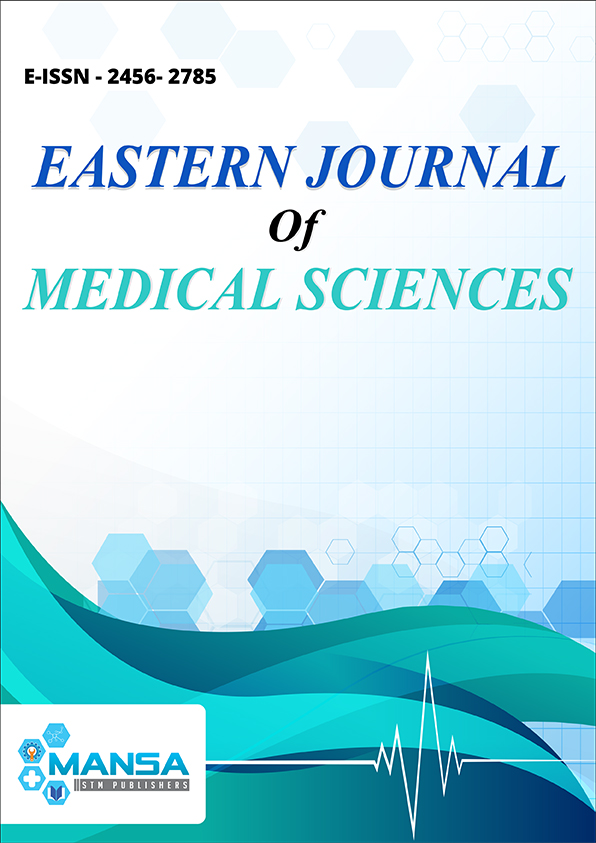Free gingival grafting technique for gingival recession coverage: A 6-month follow-up interventional study
DOI:
https://doi.org/10.32677/ejms.v8i2.4124Keywords:
Esthetics, Free Gingival Grafts, Gingival Recession, Root coverageAbstract
Background: Both the practitioner and the patient frequently deal with gingival recession. In Miller’s Classes I and II mandibular gingival recession, the goal of this study was to evaluate the predictability of the free gingival graft (FGG), as a single-step operation in terms of root coverage and esthetics. Materials and Methods: 10 patients between the ages of 25 and 50 who were sent to the Department of Periodontics (3 men and 7 women) made up the study group. There were a total of 14 mandibular recession sites that were chosen. Recession depth (RD), recession width, probing depth (PD), clinical attachment level (CAL), width of attached gingiva (WAG), and visual analog scale (VAS) were assessed at baseline, 3 months, and 6 months post-operatively. Results: The mean RD was 3.13±2.0 mm at the baseline and decreased to 0.80±0.78 mm after 6 months. At baseline, the VAS was 3.52±0.81, and at 6 months after surgery, it had improved to a mean of 6±2.14. From a baseline WAG of 0.35±0.38 to 2.83±0.68 mm, there was
a significant increase with p<0.0001. Six months after surgery, there was an increase in CAL, from 5.63±1.12 to 1.28±0.76 mm. In addition, PD improved from 1.98±0.54 to 0.97±0.36 mm. Conclusion: FGG showed statistically significant gain in recession coverage and had good esthetic score. The technique produced a reliable single-step gain in WAG as well as root coverage in cases of Miller’s Classes I and II gingival recession.
Downloads
Downloads
Published
Issue
Section
License
Copyright (c) 2023 Poornima Rajendran, Rajesh Namburi

This work is licensed under a Creative Commons Attribution-NonCommercial-NoDerivatives 4.0 International License.

